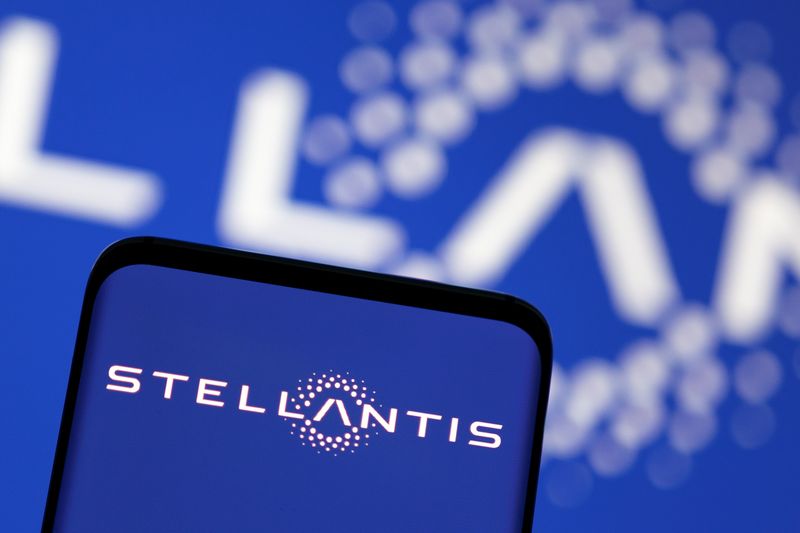SAO PAULO (Reuters) – The South American arm of carmaker Stellantis NV is planning a series of large investments starting in 2025, the firm’s regional chief executive said on Friday, planning to outspend its competitors.
“For the next cycle, my investment, if approved, will be much larger than the sum of my competitors,” Antonio Filosa told journalists at an event on reducing carbon emissions. He did not disclose the amount that would be invested.
Stellantis, the world’s third-largest automotive group by sales, plans to launch 43 vehicles across eight brands in South America over the 2021-2025 period, with planned investments to reach over 16 billion reais ($3.14 billion).
Currently, the group leads vehicle sales in South America, with a market share of about 24%, according to the executive.
In terms of cutting emissions, the company is planning the local production of flex-fuel hybrid vehicles – which run on batteries, but also use engines that burn a mixture of gasoline and ethanol – and ethanol hybrids.
“South America will become a cradle of this future,” said Filosa, referring also to the supply of raw materials for batteries, such as lithium, nickel and cobalt.
However, only after 2026 and 2027 will Brazil have a relevant growth in sales of electric and hybrid vehicles, in part encouraged by cheaper local production.
Brazil offers an advantage in the auto industry’s so-called decarbonization mission, due to the use of sugar cane ethanol as fuel in engines, whose release of carbonic gas can be captured back by crop plantations. In other major markets, the prevailing option has been the purely electric route.
(Reporting by Alberto Alerigi Jr.; Writing by Peter Frontini; editing by Jonathan Oatis)
